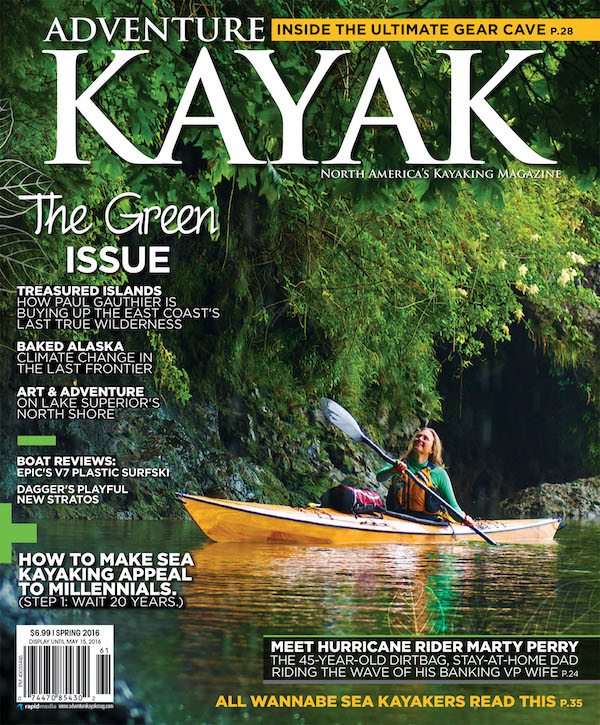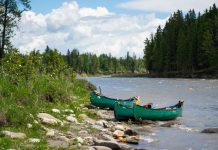The future is now. As October 21, 2015, appeared on our calendars last fall, I considered how the future Marty McFly visited in Back to the Future II compares with our own present.
Like McFly, we can wear auto-lace Nikes and ride hoverboards (although they’re not as slick as his). Even flying cars are now available for our air- and roadways. More mind-blowing than drinking Pepsi Perfect, however, are a new wave of virtual reality arenas that use omnidirectional treadmills to allow physical movement within a simulated world—not so far removed from the holodeck technology of Star Trek.
More and more, our imaginary is becoming our reality. And it worries me. Am I a neo-Luddite curmudgeon, balking at the glorious, golden future? Or is it simply the urge to escape the senseless embellishment of an already rich world?
I don’t consider myself anti-technology, unless we insist on staging every discussion and decision as Nature vs. Technology. Then, for me, nature wins.
After all, as Minnesota wilderness author Calvin Rutstrum wrote in 1975, “We are not aliens contemplating nature; we are nature. We might assume the urban role and remain there…but nature will walk through walls of concrete, glass and steel without opening a single door and still control our every function and our destiny.”
Outdoor equipment and apparel companies are particularly sensitive to this delicate balance. In Adventure Kayak‘s spring issue, we looked at some of the ways gear companies are making more eco-friendly, sustainable and socially responsible products. The R&D departments of these companies focus on reducing waste and environmental footprints, rather than boosting production at any cost. Now that’s something worth buying into.
It’s also worth remembering that the greenest gear is the gear you already own. My closet is full of patched pants, repaired tents, re-waterproofed jackets and threadbare fleeces (great for summer evenings). Aside from trail-proofed dependability, “old gear is full of memories—it’s comforting,” says Ontario Sea Kayak Centre’s Dympna Hayes.
Already far from the course set by a time-traveling DeLorean, my mind wanders from the wilds of Minnesota to the dustbowl of Oklahoma. In John Steinbeck’s seminal The Grapes of Wrath, he explored the disturbing transition from multi-gener- ation families working the land with their hands and horses, to diesel-guzzling tractors helmed by anonymous drivers in sealed wheelhouses. With such efficiency, “the wonder goes out of the land and the working of it, and with the wonder the deep understanding and the relation.”
A motor on a boat lets the boater cover more ground, but the powerboater who buzzes from point to point sees far less than a paddler moving at a tenth the speed, poking her bow into cracks and crannies. Like the Joad family in Steinbeck’s novel, I can’t escape the march of progress and technology. But I can question it.
If our virtual worlds are made more fantastic— think Avatar or Oculus Rift—than our real, blue- and-green, soil-and-water home, what reason will future generations raised in these virtual playgrounds have to explore our original playground? To care about it, or for it?
Dam the rivers, mine the mountains, fell the forests—just, for the love of latinum, keep the power on to the holodeck.
Editor Virginia Marshall is not a secret member of the Dark Mountain Project. Adventure Kayak is her manifesto.

Subscribe to Paddling Magazine and get 25 years of digital magazine archives including our legacy titles: Rapid, Adventure Kayak and Canoeroots.








